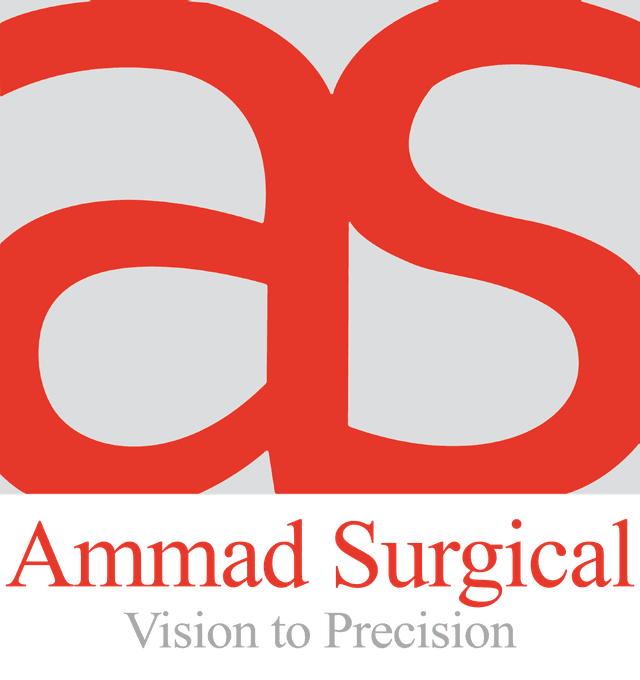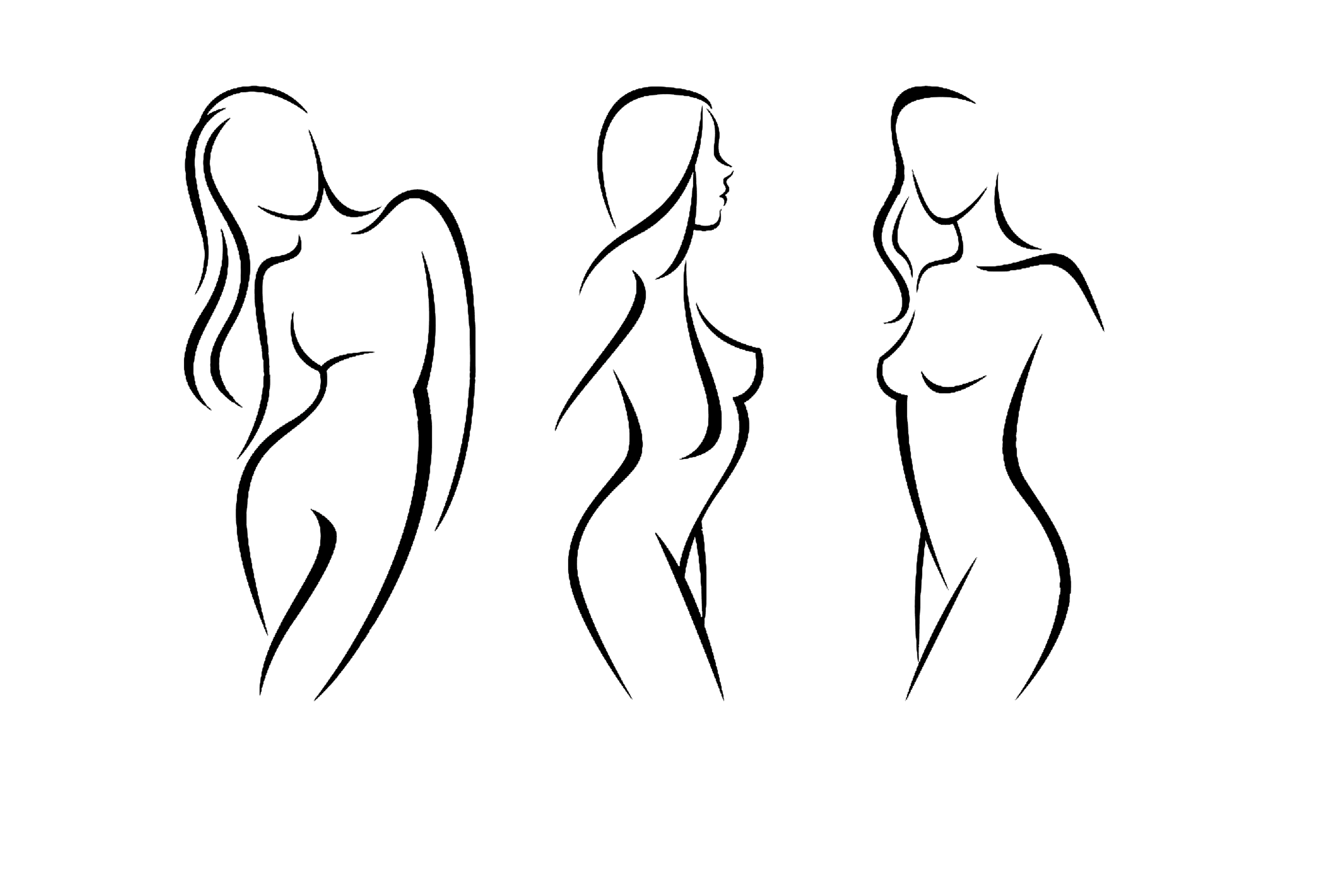


Precision Instruments
for Aesthetic Excellence
Ammad Surgical manufactures high-quality single-use and reusable liposuction cannulas for safe, effective, and precise procedures. With a focus on innovation, compliance, and customer needs, we help clinicians deliver outstanding results worldwide.

Our Mission at Ammad Surgical
At Ammad Surgical, we are committed to manufacturing high-quality single-use and reusable liposuction cannulas that support safe, effective, and precise aesthetic and reconstructive procedures.
As we grow from local expertise to global presence, we strive to lead through innovation, regulatory excellence, and customer-centric solutions. Our goal is to be the trusted partner for clinicians worldwide by providing clinically proven, customized instrumentation at competitive value.
We are driven by a passion for quality, continuous improvement, and long-term customer success.
About Ammad Surgical
Ammad Surgical is proud to be one of the first companies in Pakistan to achieve compliance with the European Union Medical Device Regulation (EUMDR). This milestone reflects our unwavering commitment to meeting the highest standards of product safety, clinical performance, and regulatory excellence.


Compliance with EU MDR demonstrates that our design, manufacturing, and quality management systems are aligned with the most stringent requirements in the global medical device industry. It also enables us to confidently supply our products—including single-use and reusable liposuction cannulas—to healthcare providers across Europe and beyond, with full assurance of conformity and patient safety.
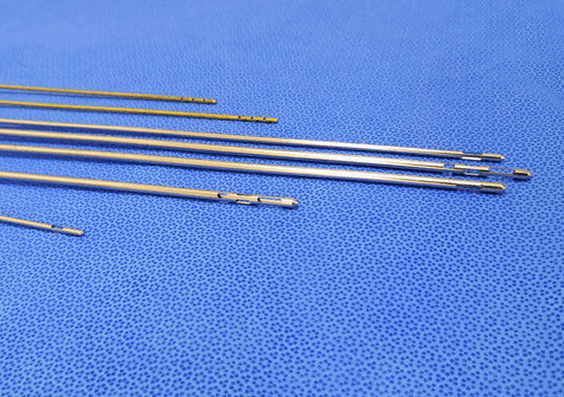
Device Description
Liposuction cannulas are specialized surgical instruments used primarily in liposuction procedures for the removal of subcutaneous fat. The use of liposuction cannulas specifically targets subcutaneous fat, and this is a key part of indications for the procedure. Whether for aesthetic body contouring or medical treatments, the effectiveness of liposuction depends on its ability to remove or redistribute subcutaneous fat.
Intended Purpose
Liposuction cannulas Single Use, Sterile, used for harvesting and removing fat during Liposuction procedure. These procedures are indicated to treat "MEDICAL" conditions like lipoedema, body contour defects, scar tissue, breast reconstruction as well as "NON-MEDICAL" body contouring for aesthetic reasons, making it a "DUAL PURPOSE DEVICE". Only the patient's indications / intentions determine the "Medical" or "Non-Medical" use of the device. Consequently, the device is intended for Single-Procedure use within a given procedure.
Intended User & Environment
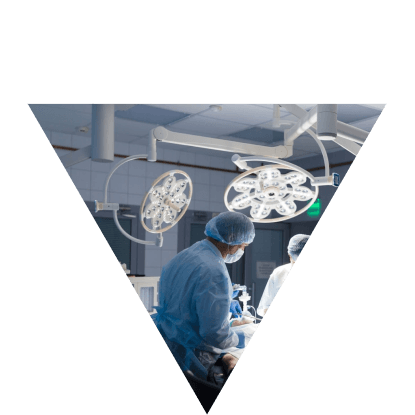
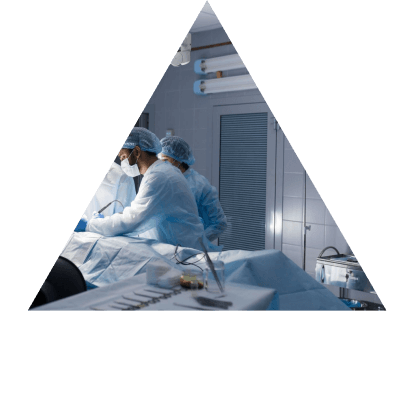


This device shall not be used in private environments by lay persons.
This device shall only be used in an appropriate medical environment by appropriately trained medical doctors who are qualified or accredited in accordance with national law. The medical doctor who carries out the procedure shall be assisted by at least one medical doctor or allied health professional who is qualified or accredited in accordance with national law.
All staff involved in the procedure shall be trained and shall keep their knowledge of basic cardiac life support and in the checking of equipment and emergency drugs used for resuscitation purposes up to date. Medical doctors performing the procedure shall also be trained in advanced cardiac life support.
Medical Conditions
Indications
The indication for the use of liposuction cannulas extends to various medical and cosmetic applications.
Lipoedema
Symptomatic Management - Liposuction (or Lipectomy) is indicated for the reduction of localised adiposity when the underlying pathogenic lipid dysfunction metabolic causes, medical therapy has failed, lifestyle approach has been attempted, and the patient is physically able.
Body Contour Defects
They are used in Liposuction / speciality procedures aiming to improve body contour and symmetry.
Breast Reconstruction
In some breast reconstruction procedures, liposuction cannulas may be used to harvest fat for fat grafting, where fat is transferred to the breast area to improve contour and symmetry.
Lipomas
Benign Fat Tumours - Liposuction cannulas can be used to excise lipomas, particularly when they are deep or located in areas where traditional surgical excision might be more invasive.
Axillary Hyperhidrosis
Excess Sweat Production - In some cases, liposuction cannulas are used to remove sweat glands in the underarm area to treat severe cases of axillary hyperhidrosis (excessive sweating).
Scar Tissue repair / Correction
In certain cases, scar revision may need harvested fat to smooth scar sites or areas with contour irregularities to improve appearance and texture.
Lymphoedema
Fat Removal in Lipo-lymphoedema - In some advanced cases of lymphoedema, especially when complicated by fat accumulation (lipo-lymphoedema), liposuction cannulas may be used to reduce the fat component and alleviate symptoms.
Madelung's Disease
Fat Removal - Liposuction cannulas may be indicated for the removal of abnormal, symmetrical fat deposits around the neck, shoulders, and upper trunk in patients with Madelung's disease.
Adiposis Dolorosa
Symptomatic Fat Removal - Liposuction cannulas may be used to remove painful fatty deposits associated with Dercum's disease, providing relief from discomfort and improving the patient's quality of life.
Gynecomastia
Male Breast Reduction - Liposuction cannulas are used in the treatment of gynecomastia to remove excess fatty tissue in the male breast, often in combination with the removal of glandular tissue.
Lipodystrophy Syndrome
Abnormal fat accumulation (or sometimes lead to abnormal pain, or other symptoms) liposuction cannulas can be used to alleviate these symptoms by reducing the fat deposits causing the issues.
Contra Indications
Liposuction cannulae are not recommended in areas where there is very little subcutaneous fat. Attempting to remove fat from such areas can lead to damage to underlying structures, irregularities, or unsatisfactory aesthetic outcomes.
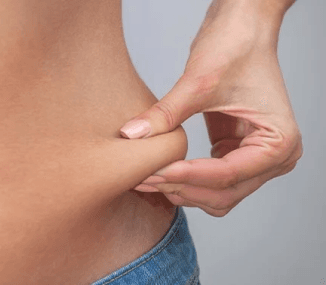
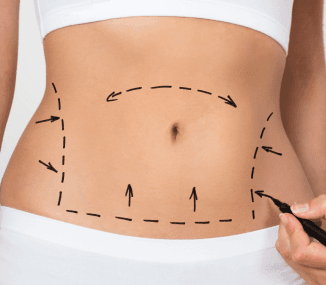
Cardiovascular Disease
Patients with severe heart conditions (e.g., congestive heart failure, severe coronary artery disease) are at increased risk during surgery, including liposuction, due to the stress it places on the cardiovascular system.
Coagulopathy (Bleeding Disorders)
Patients with clotting disorders (e.g., hemophilia) or those on anticoagulant therapy may experience excessive bleeding during or after the procedure, making liposuction risky.
Diabetes
Diabetes can impair wound healing and increase the risk of infection and other complications after liposuction.
Respiratory Conditions
Patients with severe chronic obstructive pulmonary disease (COPD) or other significant respiratory disorders may not tolerate general anaesthesia or the physical stress of surgery.
Immunocompromised State
Patients with a weakened immune system (e.g., due to HIV, chemotherapy, or corticosteroid use) are at higher risk for infections and poor wound healing post-liposuction.
Active Skin Infections
If there is an active infection in the area where liposuction is planned, the procedure should be postponed preventing the spread of infection and other complications.
Pregnancy
Liposuction is not recommended during pregnancy due to the risks it poses to both the mother and the fetus.
Breastfeeding
It is recommended to waiting until after breastfeeding is completed before undergoing liposuction to avoid potential complications and to ensure better results.
Excessive Fat Removal
Removing large volumes of fat (typically more than 5 liters) in a single session increases the risk of complications such as fluid imbalance, blood loss, and adverse effects from anaesthesia. Such procedures are often contraindicated or should be performed with extreme caution.
Intended Purpose (Non-Medical)
Liposuction cannulae Sterile Use Sterile used for harvesting and removing fat during Liposuction procedures. In addition to "Medical" these procedures are intended for "NON MEDICAL" body contouring for aesthetic reasons.
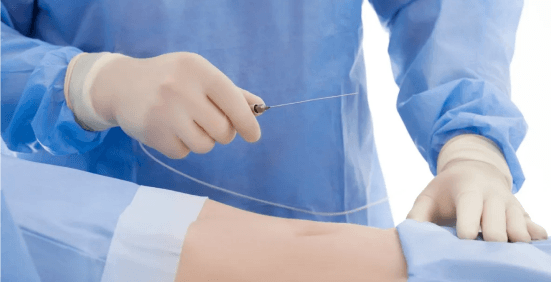

Warnings
Liposuction, lipolysis and lipoplasty are not reliable methods for weight reduction. Consideration should be given to exercise and dietary as well as lifestyle modifications, both as alternatives to liposuction and in order to maintain any reduction in adipose tissue which these procedures may achieve. Devices have not been validated for the treatment of clinically diagnosed obesity and therefore should not be used for such purposes. Do not be over forceful with the device that can result in rupture of the cannula.
The medical doctor or allied health professional responsible for anaesthetic management shall ensure appropriate monitoring of the consumer both during the procedure and after it. With respect to tumescent liposuction, appropriate post-procedure monitoring shall be in place as lidocaine levels have been found to rise for up to 16 hours post delivery.
Consumers may experience extended post-operative analgesia (for example for 24 hours or more) which may result in reduced sensation in the areas infiltrated and therefore consumers shall be warned to protect themselves from injury.
Careful consideration shall be given to consumer suitability with respect to medication which has the potential to cause bradycardia or hypotension as this has been reported as the cause of death in a number of consumers undergoing tumescent liposuction. Consumers taking drugs such as beta agonists, antagonists, non- dihydropyridine calcium channel blockers, cardiac glycosides, and centrally acting alpha-adrenergic agonists shall be subject to very careful consideration as deaths have been reported due to bradycardia and hypotension. The procedure has to be preceded by a medical consultation which has to be documented and during which chronic illness and drugs taken by patient need to be considered.
Devices intended for invasive use shall only be used in an appropriate medical environment by appropriately trained medical personnel who are qualified or accredited in accordance with national law. The medical doctor who carries out the procedure shall be assisted by at least one medical doctor or allied health professional who is qualified or accredited in accordance with national law.
The volume of blood loss and endogenous body fluid loss may adversely affect intra and/or postoperative hemodynamic stability and the consumer's (End User) safety. The capacity of providing adequate, timely fluid management is essential for the consumer's safety.
Liver or cardiovascular dysfunction, such that the transient release of glycerol or free fatty acid, may be associated with increased risk.
Indications for Non Medical
NO INDICATION FOR "NON-MEDICAL" USE OF DEVICE
Contra Indications for Non Medical
Incapability to understand the consequences, implications and risks of the medical procedures (for example liposuction, lipolysis, lipoplasty) where the devices are used;
Medical conditions, such as heart, lung, or circulatory system disease;
Extreme obesity (body mass index above 40);
Varicose veins in the area of treatment;
Elevated body temperature (pyrexia)
Skin infections and open lesions
Recent surgery (6 weeks);
Phlebitis and vasculitis
Cancer or tumours
Diabetes mellitus;
Vascular fragility;
Age less than 18;
Pregnancy;
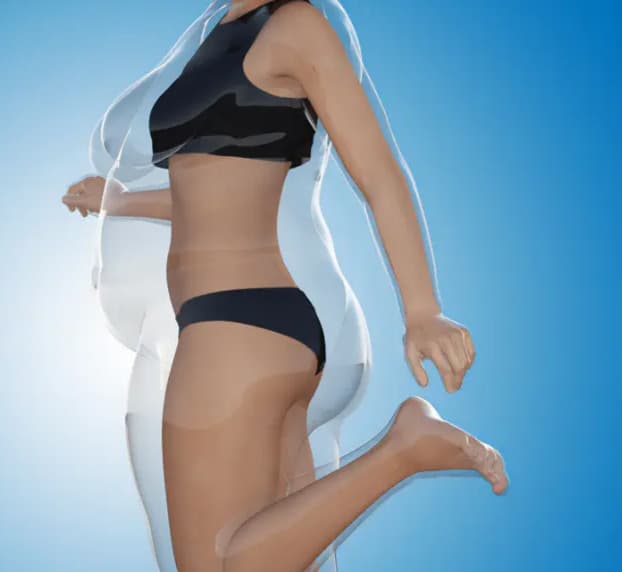
List of the Body Parts on which the Device cannot be used










Hyper - or hypovolaemia
Venous thromboembolism
Fat embolism
Adverse
Effects
Skin erythema or panniculitis
Fluid accumulation
Infection
Bradycardia
Colo irregularities
Hyper - or hypovolaemia
Venous thromboembolism
Fat embolism
Bradycardia
Adverse
Effects
Colo irregularities
Infection
Fluid accumulation
Skin erythema or panniculitis
